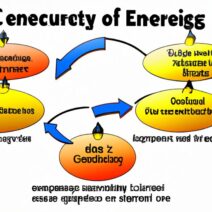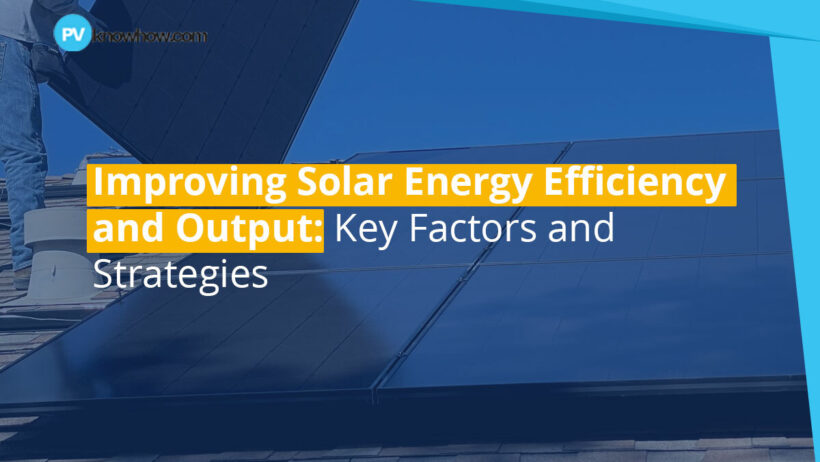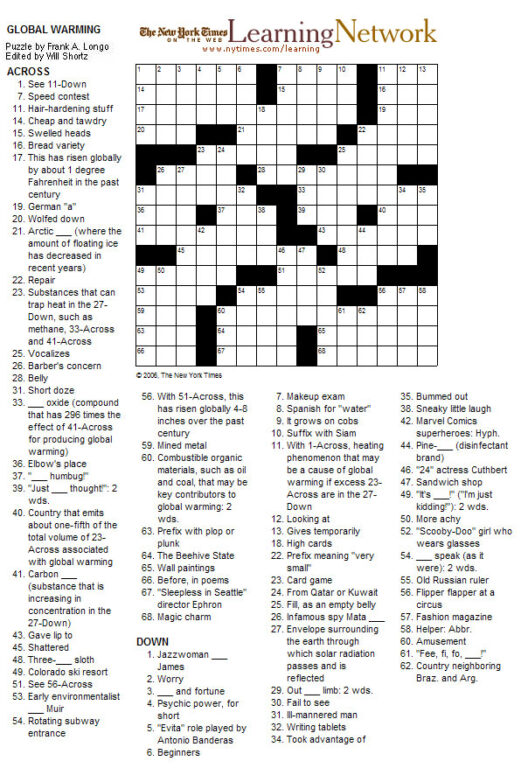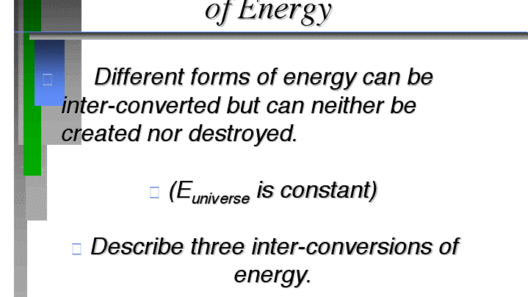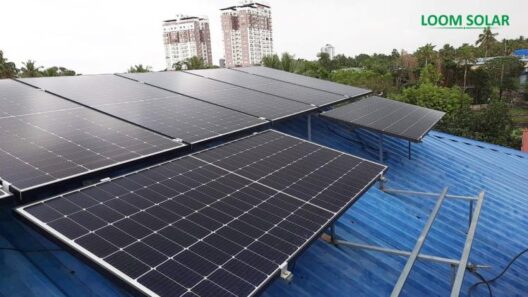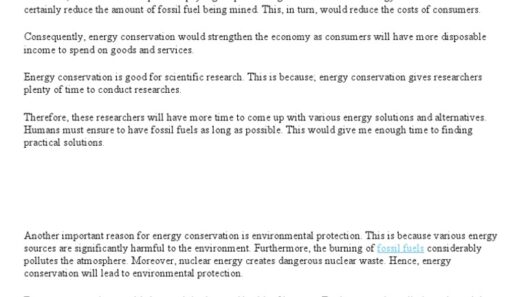As global awareness of climate change intensifies, the necessity to conserve and maximize renewable energy resources such as solar and wind energy becomes paramount. The efficiency of these energy sources heavily relies on various factors, including technology, design optimization, and storage solutions. This article delves into the intricate methodologies and innovative strategies for conserving solar and wind energy to achieve maximum output.
Understanding Solar and Wind Energy
Solar energy harnesses sunlight through photovoltaic cells or solar thermal systems, while wind energy captures the kinetic energy of moving air via turbines. Both energy forms are inexhaustible and emit zero greenhouse gases during generation. Recognizing their potential, investment in advanced technologies has surged, enabling enhanced performance and lower costs in recent years. However, harnessing these energies effectively demands astute practices in conservation.
Energy Efficiency in Solar Technologies
To optimize solar energy output, it’s crucial to understand and implement various solar technologies effectively. Photovoltaic panels, for instance, convert sunlight into electricity. Their efficiency can be significantly improved by considering aspects such as orientation, angle, and shading. By correctly positioning panels based on latitude and seasonal sunlight patterns, one can maximize exposure to solar radiation.
Moreover, deploying bifacial solar panels, which capture sunlight from both sides, can provide an uplift in energy output by utilizing reflected sunlight from the ground. Understanding the principles of solar irradiance and how to mitigate losses due to temperature effects or poor installation is essential for optimal performance.
Integrating Smart Technology for Monitoring
Modern digital technology plays a critical role in enhancing energy conservation efforts. Smart meters, sensors, and advanced data analytics offer real-time insights into energy consumption patterns. This data can reveal how much energy is generated, used, and wasted, facilitating informed decision-making. By employing machine learning algorithms, users can predict energy needs and adjust consumption accordingly, reducing waste significantly.
Energy Storage Solutions
Energy storage is a vital component of maximizing solar and wind energy. Due to the intermittent nature of these resources, battery storage systems offer a solution to balance supply and demand. Lithium-ion batteries, for example, are currently the most common energy storage solution, but other options, including flow batteries and advanced pumped hydroelectric systems, provide viable alternatives.
Selecting the appropriate energy storage solution hinges on factors such as cost, capacity, efficiency, and lifecycle. Moreover, pairing energy storage with renewable energy generation allows for energy utilization during peak demand periods while minimizing reliance on fossil fuels.
Maximizing Wind Energy Efficiency
Similar to solar energy, optimizing wind energy output encompasses strategic turbine placement and design. Wind turbines should be sited in locations with consistent and high wind speeds, often referred to as wind corridors. Turbine height and rotor size also play a pivotal role in harnessing wind energy effectively, as increased elevation allows turbines to capture more energy from faster winds above ground level.
Furthermore, integrating advanced controls and predictive maintenance technologies can significantly enhance the efficiency of wind turbines. Smart algorithms can optimize turbine settings in real-time, ensuring the turbines operate within their optimal ranges, reducing wear and tear, and prolonging their operational lifespan.
Enhancing Grid Integration
For both wind and solar energy to be effectively utilized, robust integration with the existing power grid is crucial. Smart grid technologies allow for the bidirectional flow of energy, enabling renewable energy systems to sell excess energy back to the grid or draw energy during periods of low production. Moreover, microgrid systems enhance local energy independence and resilience against outages, allowing communities to effectively manage their energy needs.
Employing demand response strategies further aids in optimization. Such strategies reduce electricity use during peak hours, shifting energy consumption to periods where renewable production is higher or grid demand is lower, thereby maximizing efficiencies.
Behavioral Changes for Conservation
Beyond technological advancements, individual and community behavioral changes are vital for conserving solar and wind energy. Educating the public on energy conservation practices can lead to significant reductions in overall consumption. Simple measures—like using energy-efficient appliances, implementing home automation systems that optimize heating and cooling, or adopting practices that encourage off-peak energy usage—can significantly enhance overall energy conservation.
Government Policies and Incentives
Government initiatives can facilitate the transition to renewable energy. Policies that promote renewable energy standards (RES), tax credits, or feed-in tariffs encourage investment in solar and wind energy technologies. Incentives for research and development can also lead to innovative breakthroughs in energy conservation and efficiency technologies.
Conclusion
Maximizing solar and wind energy output through effective conservation strategies is not only beneficial but necessary in the face of climate crisis. Adopting a multifaceted approach that combines technological advancements, energy storage, smart grids, behavioral changes, and supportive government policies creates a robust framework for a sustainable energy future. As communities and individuals emphasize energy conservation, we take significant strides toward ensuring a cleaner, greener world for generations to come.

